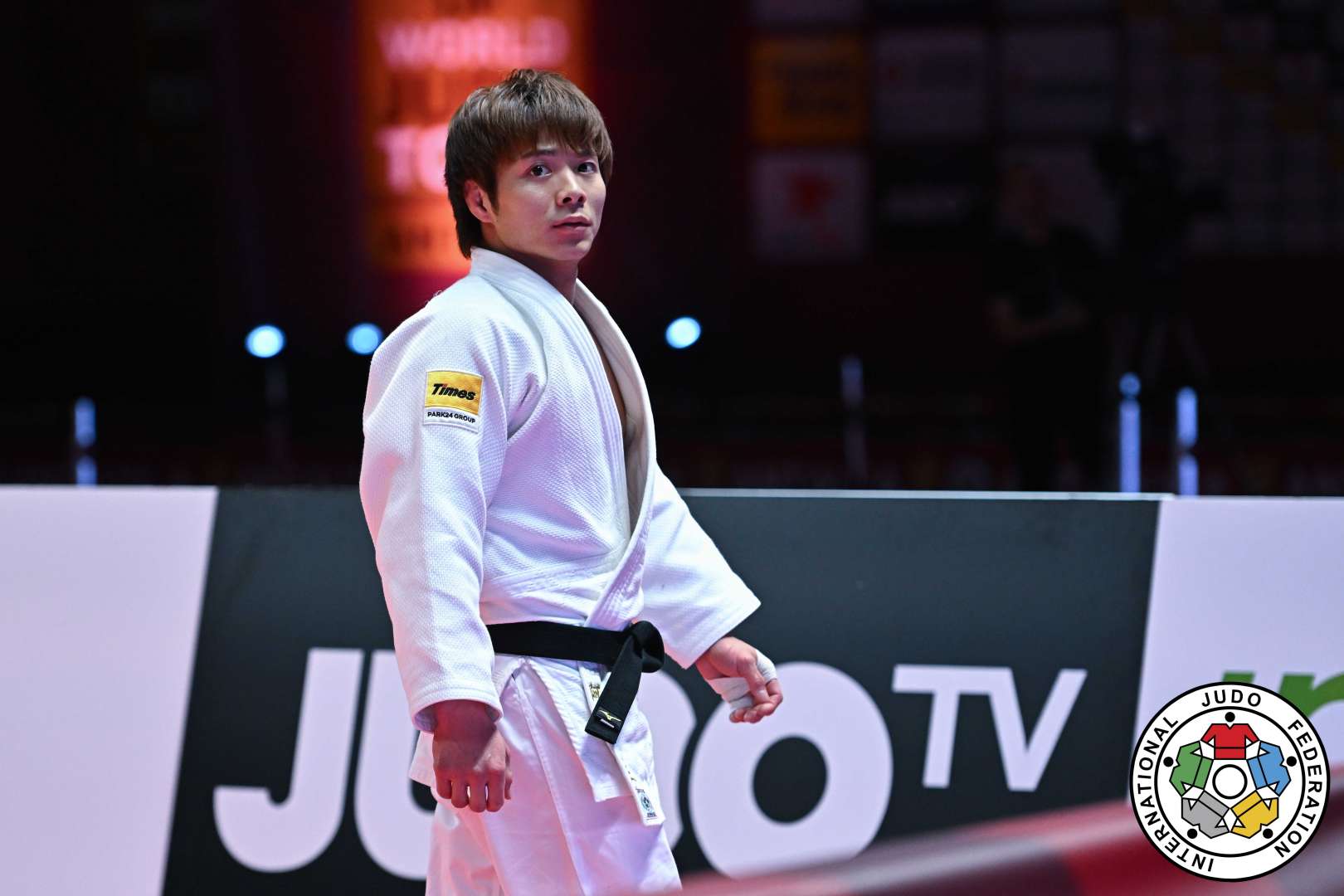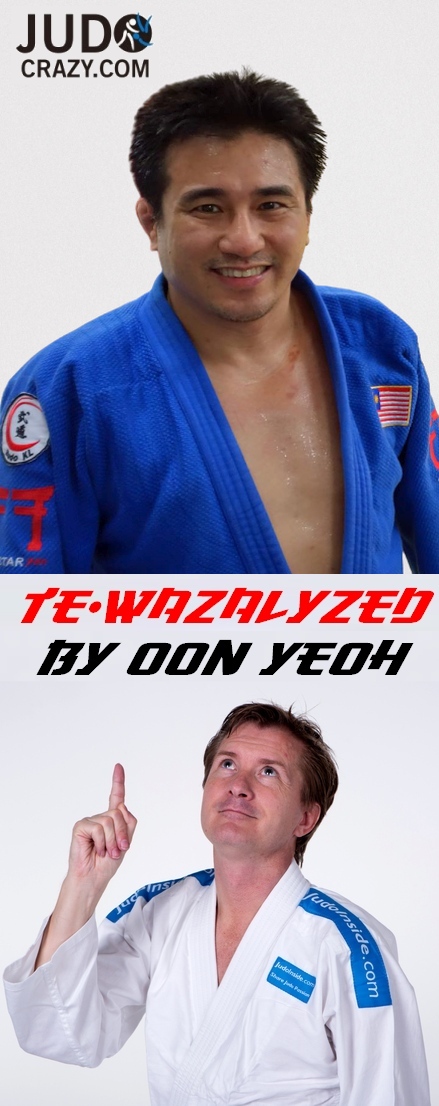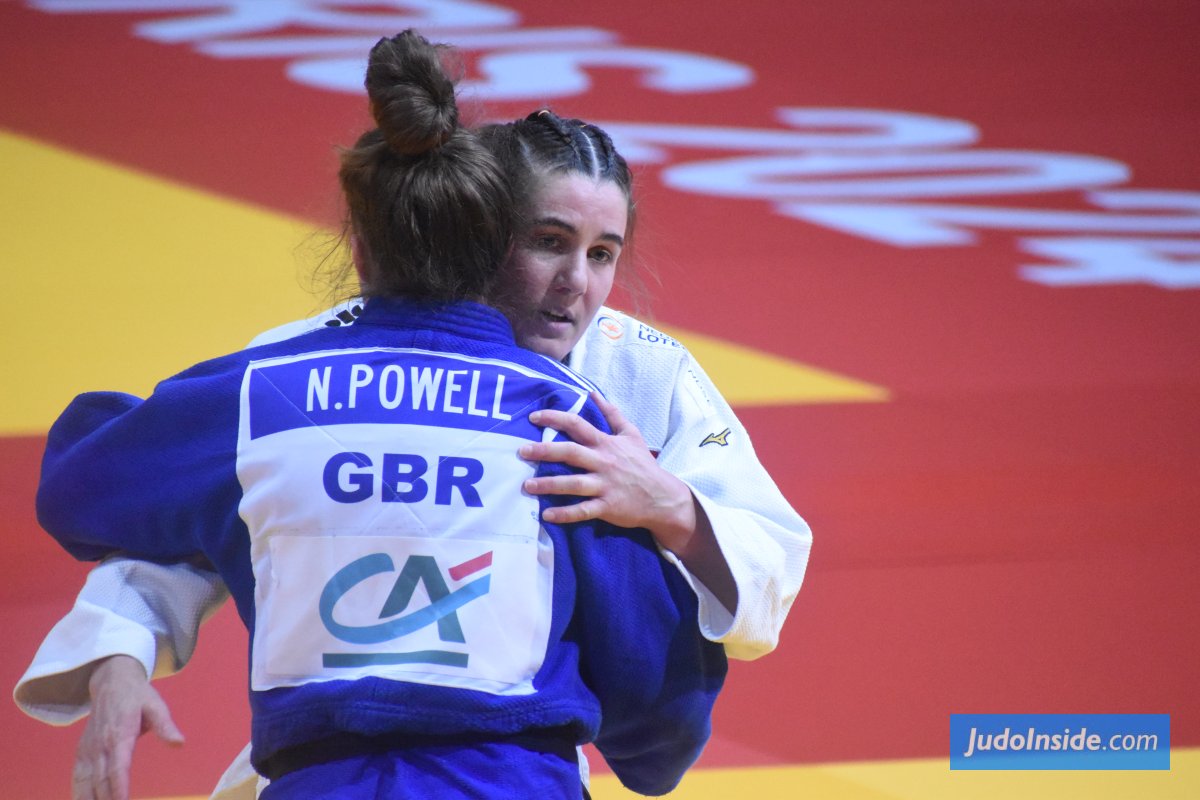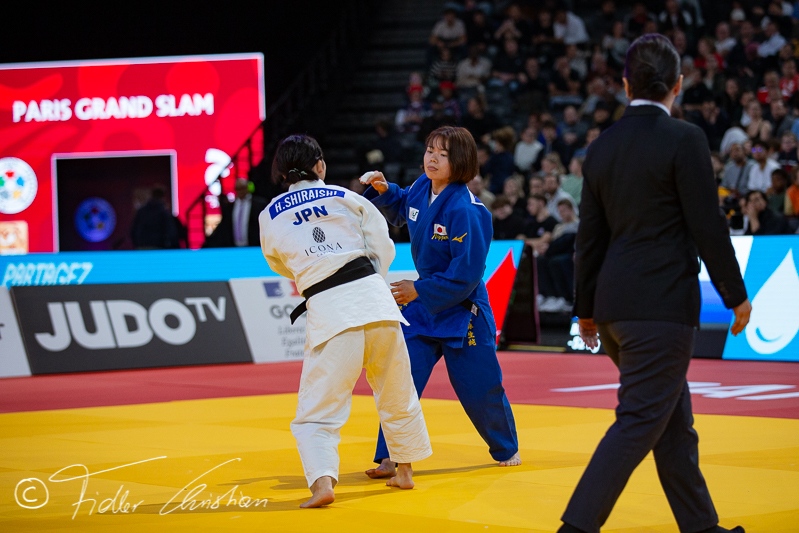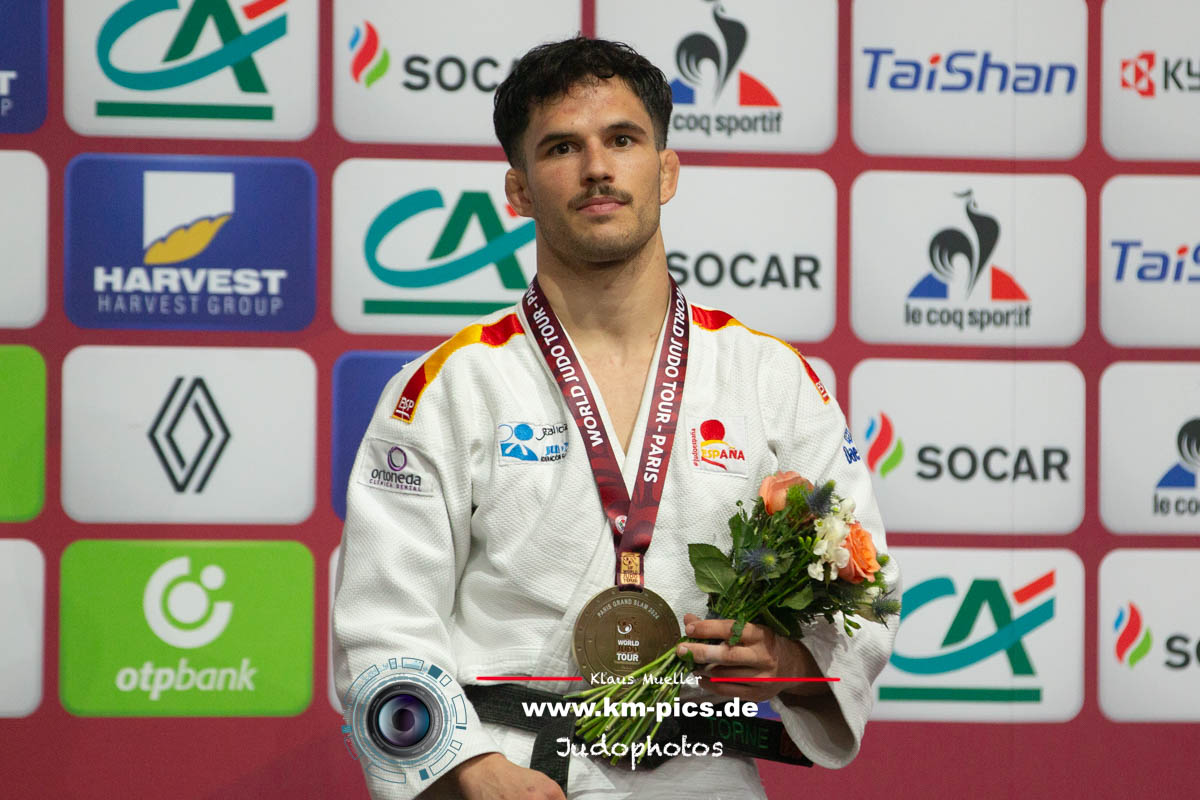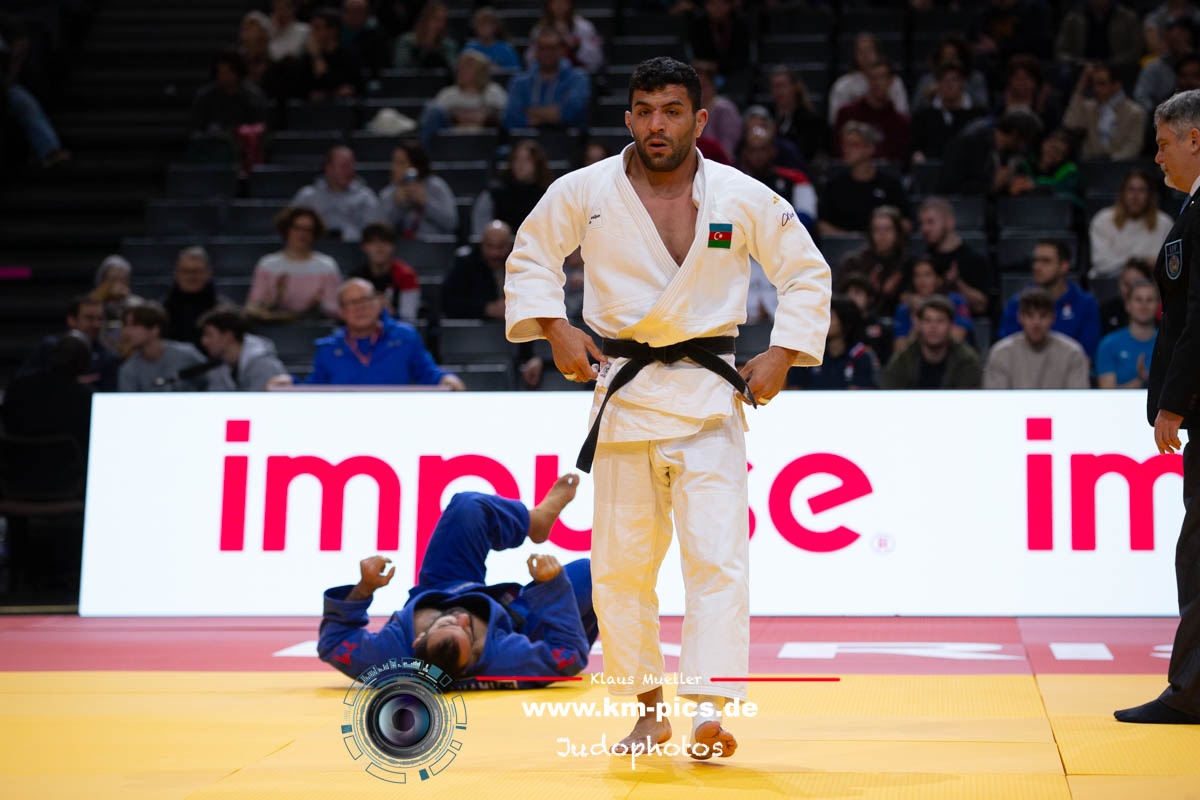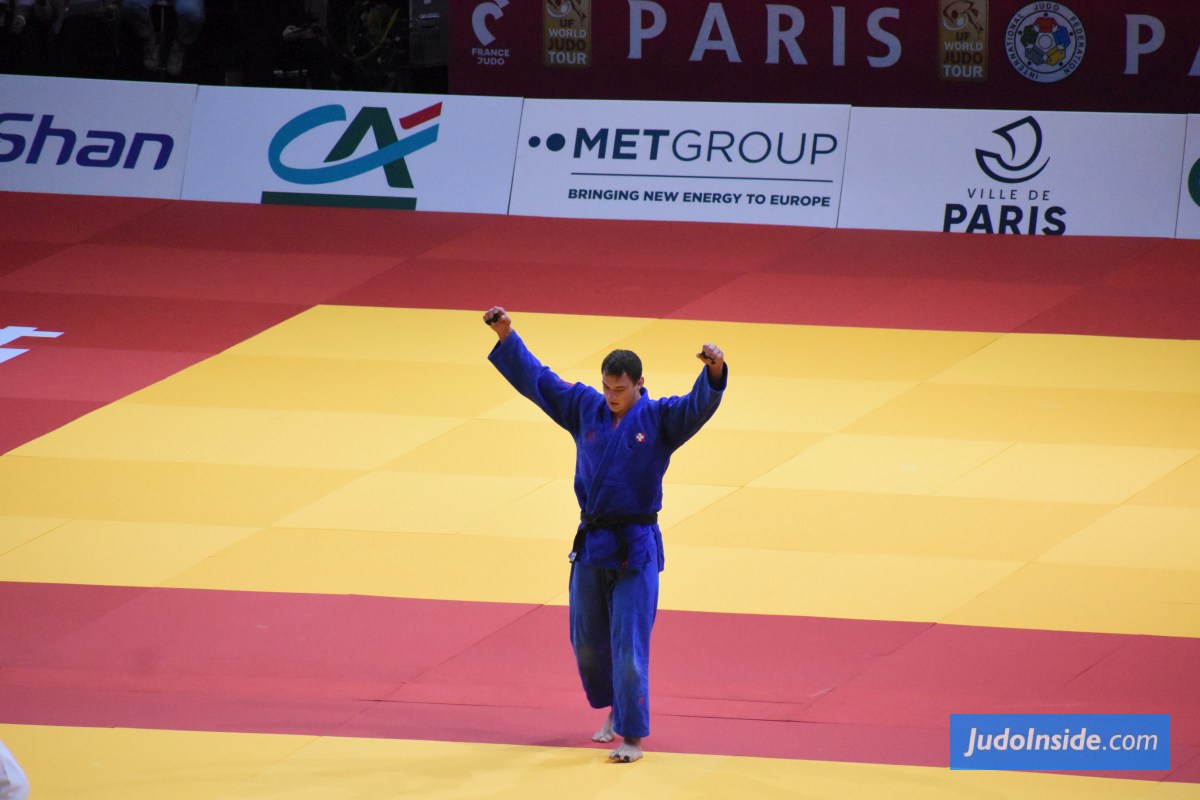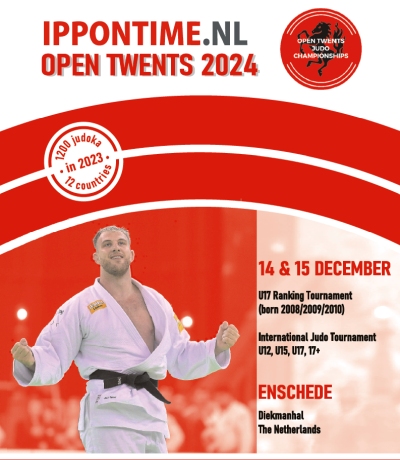Spotlight on Hifume Abe
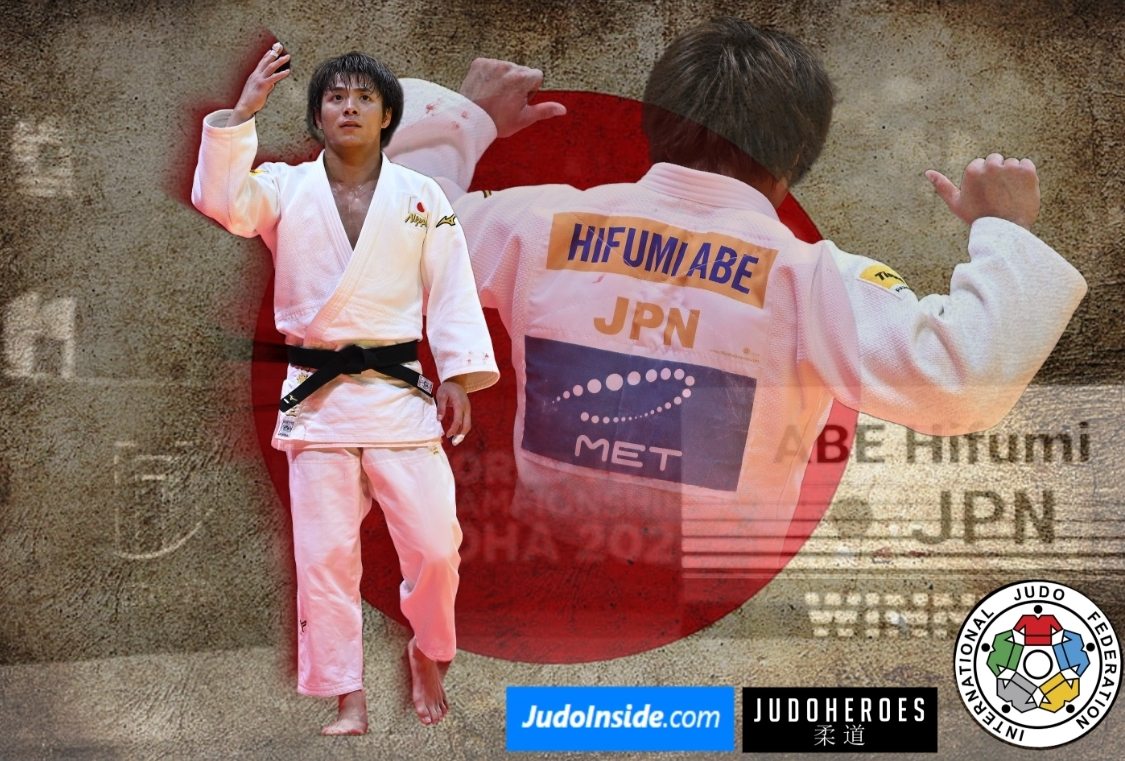
 10 Jul 2023 10:40
10 Jul 2023 10:40
 by JudoCrazy and JudoInside
by JudoCrazy and JudoInside
 JudoHeroes & IJF Media / Copyright: www.ijf.org
JudoHeroes & IJF Media / Copyright: www.ijf.org
Hifumi Abe is the current world champion who started his international career at the 2013 World Cadet Championships where he made it to the final but lost to Koba Mchedlishvili of Georgia.
The following year, he won the gold medal at the Youth Olympics in Nanjing, defeating Bogdan Iadov of Ukraine in the final.
However, that same year, he lost in the final of the World Junior Championships to Egor Mgdsyan of Russia. In December 2014, at the age of 17, Abe competed in his first senior IJF event, the prestigious Tokyo Grand Slam, where he shone brightly, defeating prominent players such as Elio Verde (ITA), Georgii Zantaraia (UKR), and his compatriot, the great Masashi Ebinuma, on his way to the final. There, he defeated Golan Pollack (ISR) for the gold medal.
Abe suffered two losses to Tumurkhuleg Davaadorj of Mongolia in 2015. But after that, he had an undefeated run all the way until 2018 when he lost to yet another Mongolian, Altansukh Dovdon. Since then he has lost to only two other players in IJF events: his teammate Joshiro Maruyama in 2018 and 2019, and Manuel Lombardo of Italy in 2019.
World Ranking achievements
Hifumi Abe’s senior rankings began in December 2014 when he achieved the rank of No. 33. By September 2015, he had broken into the Top 20 settling in at exactly No. 20. It wouldn’t be until December 2016 that he would crack the Top 10 by getting the No. 6 ranking. By Sept 2017, he finally hit No. 1. Despite being a quadruple World Champion and an Olympic Champion, he is currently ranked No. 2 because he doesn’t compete that often.
Technical analysis
Abe is a right-handed fighter with morote-seoi-nage and sode-tsurikomi-goshi being his primary techniques. His morote-seoi-nage is normally done as a standing technique, which is rather unusual although he can do a drop version when necessary. His sode-tsurikomi-goshi is done off a double-sleeve grip, which is also the way his sister, Uta Abe, does it. The double sleeve grip allows them to throw towards the right, which is not conventional for right-handed players (typically sodes are done to the opposite side, so right-handers would usually throw to the left). Their sode are identical. Abe also has a very powerful kouchi-gari. He doesn’t seem to like to do newaza much (which is very different from his sister, who is very good at newaza).
Although he is a big thrower, Abe is able to fight tactically when he needs to and he uses this approach whenever going against his teammate and great rival, Maruyama. In his form of shido play, Abe would normally take the fight to the edge of the mat and launch a safe attack, which would typically take both players outside the competition area. He doesn't mind winning by penalties, if necessary. He is also good at taking advantage of Maruyama’s attacks, and has countered him to win close matches.
Around 2019, it seemed like Maruyama was poised to take over as the top Japanese in the -66kg division but since the 2020 Tokyo Olympics (which Abe won) that position is squarely in Abe’s hands. He is now an Olympic Champion and a four-time World Champion, and in the U66kg division, he has been unbeatable. Abe has been chosen as Japan’s representative for the 2024 Paris Olympics.
Support JudoCrazy
JudoInside's JudoCrazy partner, Oon Yeoh, is creating interesting content such as this series of articles about Olympic judo history. Support his efforts by subscribing to his Patreon or Substack.
 like
like
 share
share
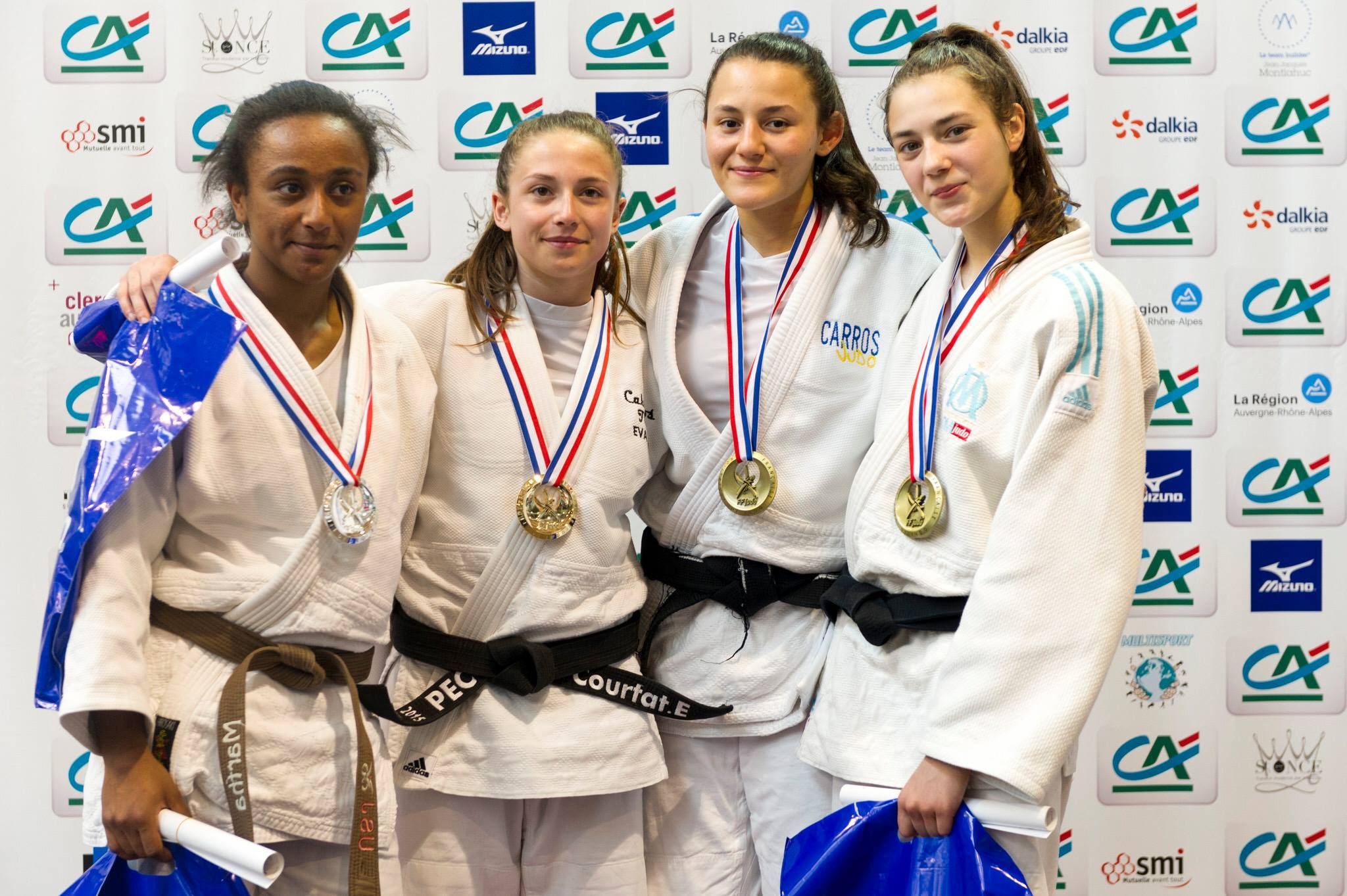
| Result | City | Date |
|---|---|---|
| 2 | Paris | 2024 |
| 1 | Abu Dhabi | 2024 |
| 1 | Zagreb | 2024 |
| 3 | Belgrade | 2023 |
| 2 | Montpellier | 2023 |
 - ABE, Hifumi (JPN)2.jpg)
.jpg)








